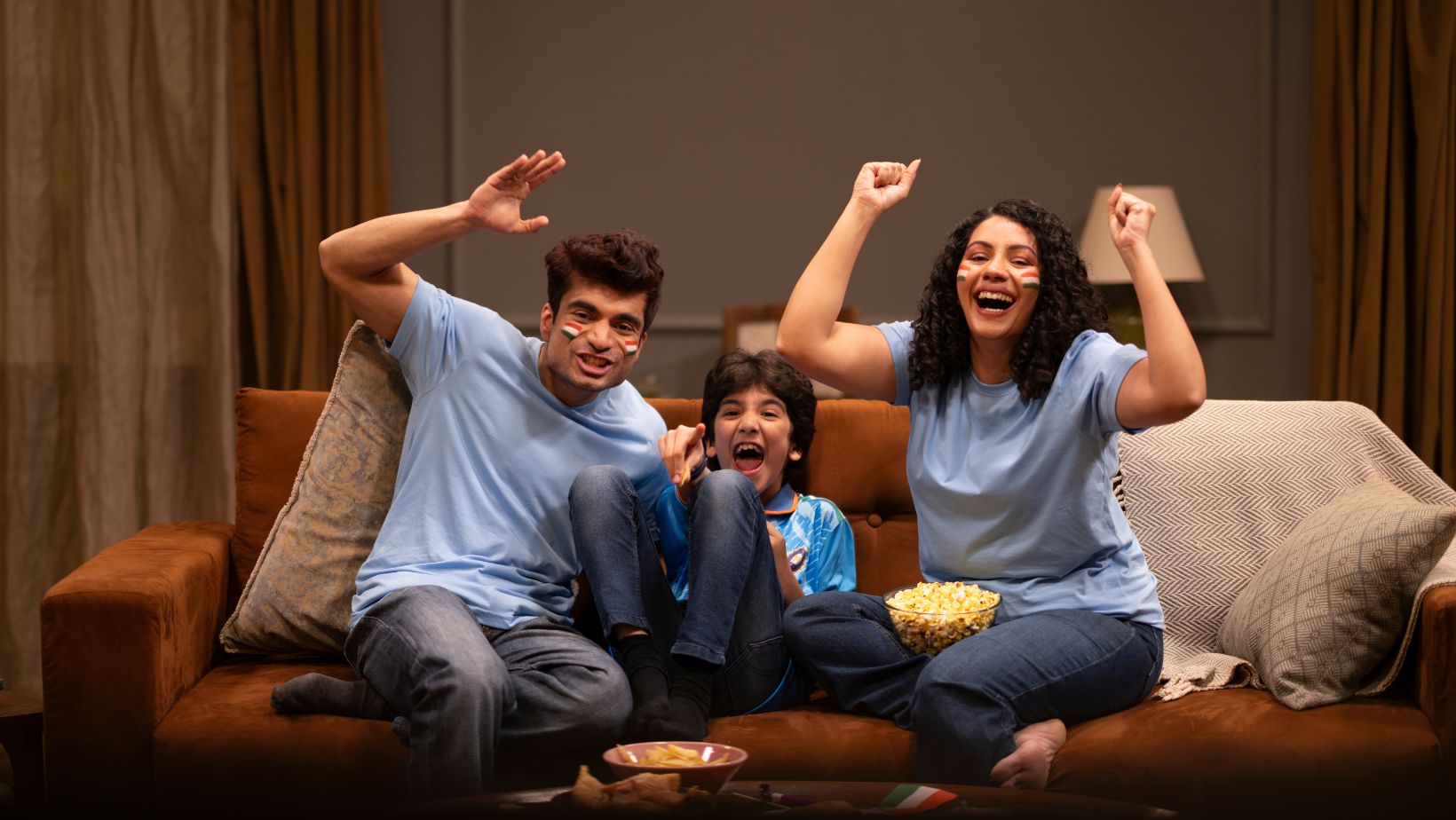”
Key Takeaways
-
- Understanding AI in Design: AI exterior home design integrates advanced algorithms to create tailored, efficient designs that balance aesthetics and functionality for homeowners and architects.
-
- Automation and Customization: AI automates design tasks and allows deep customization based on individual preferences, resulting in unique and personalized exterior designs.
-
- Popular Tools for Design: Leading AI tools like AutoCAD, Revit, and SketchUp enhance the efficiency of exterior home design through rapid rendering, simulation capabilities, and collaborative features.
-
- Successful Case Studies: Projects utilizing AI have demonstrated significant improvements in energy efficiency, homeowner satisfaction, and cost reduction, highlighting the technology’s transformative potential.
-
- Challenges in AI Implementation: Despite its benefits, AI in design faces technical limitations and ethical considerations, such as data bias and privacy concerns that must be addressed for responsible integration.
-
- Future Trends: Innovations in predictive analytics, generative design, and the incorporation of emerging technologies like BIM and IoT are shaping the future of AI in exterior home design, emphasizing sustainability and enhanced personalization.
Overview of AI Exterior Home Design
AI exterior home design leverages advanced algorithms to create and optimize residential facades and outdoor spaces. This technology shapes both aesthetics and functionality, providing tailored solutions for homeowners and architects alike.Definition and Concept
AI exterior home design refers to the integration of artificial intelligence in the planning and execution of home exteriors. This concept encompasses tools that analyze various factors, such as current design trends, climate conditions, and personal preferences, to generate captivating and efficient designs. AI technologies allow for 3D modeling, virtual reality visualizations, and real-time adjustments, enhancing the design experience.Importance in Modern Architecture
AI exterior home design plays a critical role in modern architecture by streamlining the design process. It enhances decision-making through data-driven insights, leading to optimized exterior layouts and innovative material choices. AI improves project efficiency, reduces costs, and promotes sustainable practices by analyzing the environmental impact of design decisions. Consequently, it contributes to the creation of homes that not only look appealing but also meet evolving lifestyle needs and sustainability standards.How AI is Transforming Exterior Home Design
AI is significantly reshaping exterior home design by introducing advanced solutions that enhance creativity and streamline processes. These innovations lead to greater efficiency and tailored design experiences for homeowners and architects.Design Automation and Efficiency
AI automates routine design tasks, reducing the time required for project completion. Algorithms analyze existing designs and generate multiple options quickly, providing homeowners with diverse choices. Tools like automated rendering and design simulations further speed up the process, allowing real-time feedback and adjustments. These efficiencies lower costs and simplify collaboration among architects and clients, resulting in a more agile design workflow.Customization and Personalization Options
AI enables deep customization by analyzing individual preferences and lifestyle needs. Homeowners can input specific criteria, such as preferred styles, materials, and colors, which AI processes to produce unique exterior designs. Additionally, AI-driven tools allow visualization of different configurations and enhancements, helping homeowners to make informed decisions. This high level of personalization guarantees that designs resonate with personal tastes while ensuring alignment with broader architectural trends and sustainability goals.Popular AI Tools for Exterior Home Design
Numerous AI tools enhance exterior home design, making the process more efficient and tailored to individual needs. These tools utilize advanced algorithms and data analytics to create stunning designs quickly.Overview of Leading Software
-
- AutoCAD with AI Plugins
-
- Revit
-
- SketchUp
-
- Homestyler
-
- Lands Design
Key Features and Benefits
-
- Rapid Design Generation
-
- Enhanced Visualization
-
- Customization and Personalization
-
- Sustainability Insights
-
- Collaboration Features
Case Studies and Success Stories
Numerous innovative projects showcase the successful integration of AI in exterior home design, demonstrating the technology’s capabilities and benefits. User feedback highlights the transformative impact these advancements have on residential aesthetics and functionality.Innovative Projects Utilizing AI
-
- Smart Facade Systems: A project in California employed AI-driven smart facade systems that analyze environmental data. The system adjusts shading and ventilation, enhancing energy efficiency and improving indoor comfort. The results show a 25% reduction in energy consumption.
-
- AI-Enhanced Design Platforms: In New York, architects used an AI platform to generate over 100 design variations for a new housing development. By analyzing local trends and user preferences, the platform provided personalized design options that increased homeowner satisfaction by 30%.
-
- Virtual Reality Integration: A renovation project in Texas utilized AI with virtual reality to visualize exterior modifications. Homeowners experienced real-time design changes, leading to a 15% decrease in revision cycles and greater clarity in decision-making.
User Feedback and Outcomes
-
- Satisfaction Ratings: Homeowners reported a 95% satisfaction rate with AI-generated designs, citing improved aesthetic appeal and tailored functionality. AI technology also facilitated clearer communication with architects, reducing misinterpretations.
-
- Cost Efficiency: Due to faster design generation, clients noted a 20% reduction in overall project costs, primarily attributed to decreased labor hours and fewer material waste instances.
-
- Sustainability Impact: Users highlighted that AI tools helped identify sustainable materials and designs that align with eco-friendly practices. Projects reported up to 40% lower carbon footprints, meeting emerging sustainability standards.

 Cheerleading’s path to Olympic recognition demonstrates a systematic progression through international sports governance structures. The sport’s development from local competitions to global recognition follows a strategic roadmap established by key organizing bodies.
Cheerleading’s path to Olympic recognition demonstrates a systematic progression through international sports governance structures. The sport’s development from local competitions to global recognition follows a strategic roadmap established by key organizing bodies.